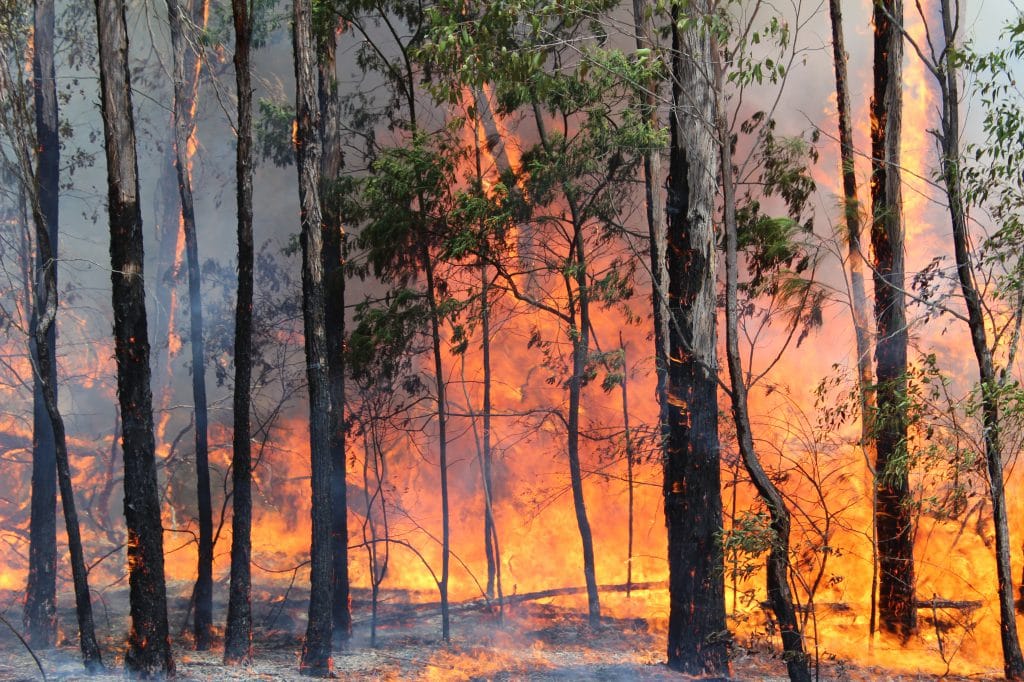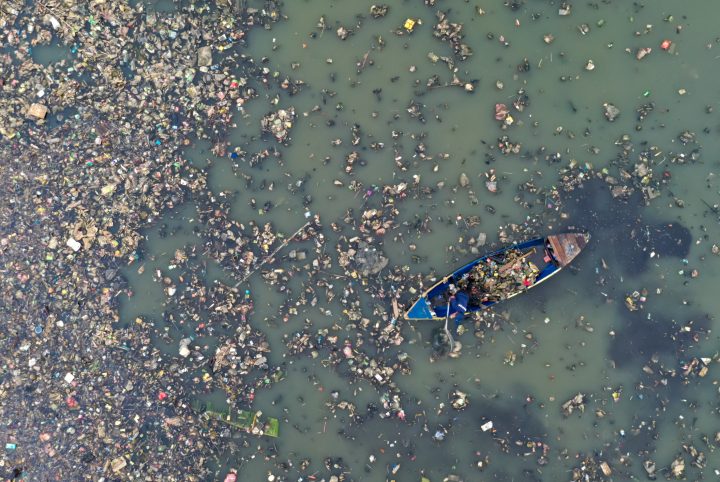
Photo: iStock
Just how long does it take a community to get back on its feet following a natural disaster? And how much do we really know about the long-term effects on people’s living standards, job prospects, educational outcomes and health?
This is the starting point for a three-year, multi-university research project being led by Monash Business School that aims to investigate how governments can counter the negative fallout from natural disasters, from floods and fire to heatwaves.
While there has been a lot of research on how natural disaster impacts on people’s mental health, less has been undertaken around how people continue to be impacted.
The team of researchers, from Monash Business School, University of Wollongong, QUT and Newcastle University will specifically focus on child and adult health, educational performance and labour market success post-disaster.
In 2014, the Productivity Commission Inquiry into total natural disaster expenditure found that the ability to reduce the community impact of natural disasters was hindered by the lack of research evidence on the impact of the disasters.
Natural disaster impact research is scarce, as are the projected costs of these disasters, and much of it focuses on North American examples.
While researchers will investigate major events such as the 2011 Brisbane floods, the 2009 Black Saturday fires in Victoria, they also want to look at the impact of smaller incidents, such as heatwaves.
Heatwaves already have higher mortality rates than any other natural disaster. The heatwave preceding the 2009 Black Saturday bushfires, for instance, caused around 374 deaths.
A 2012 Intergovernmental Panel on Climate Change tipped the costs of future natural disasters in Australia will increase, amid rising temperatures, a growing population and the expanding urbanisation of Australian coastlines.
One of the reasons for the lack of academic research is that the long-term impact of natural disasters has been traditionally difficult to measure. Many residents respond to a disaster by simply moving away.
But researchers believe accessing information from comprehensive data sets such as the widely respected longitudinal Household, Income and Labour Dynamics (HILDA) Survey, will help them track how individuals adapt following major natural events.
The project will comprise of nine separate studies:
- Estimating the effects of natural disasters on the mental and physical health and quality of life of adults directly affected by the disaster, compared to those living in the area indirectly affected and those unaffected in comparable areas
- The impact of these disasters on children and whether family characteristics or the type of disaster reduce negative effects
- Estimating the average individual cost of being a natural disaster victim, including intangible costs such as psychological distress costs
- Investigating the impact of extreme heatwaves on mortality, sickness rates and productivity at work
- Investigating the short and medium term effects of heat stress on education in relation to Year 12 final exam performance
- How natural disasters impact education within the areas affected over the short and medium term
- How high levels of air pollution caused by bushfires impact learning as measured by Year 12 exam performance
- Researching the effects of natural disasters on employment and earnings
- How exposure to natural disasters changes individuals’ behaviour towards risk, and expectations and preparedness for future natural disasters
“The aim of the project is to provide evidence that can help governments in developing new disaster recovery support policies and programs, which efficiently target assistance to those with the greatest need at the most beneficial stages of recovery,” says Professor Johnston.


